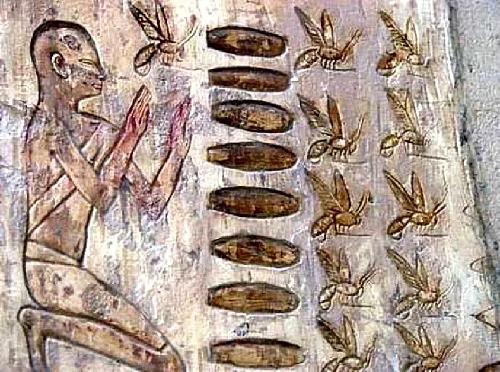Why There’s No Such Thing As Wild Honeybees in the US
Image by MemorySlashVision via Pexels Honey Bees Are Not Native To North America There is no such thing as a truly “wild honeybee” in the United States because the species commonly known as the honey bee (Apis mellifera) is not native to North America—they were imported from Europe by colonists in the 1600s[1][2]. Before their […]
Why There’s No Such Thing As Wild Honeybees in the US Read More »










